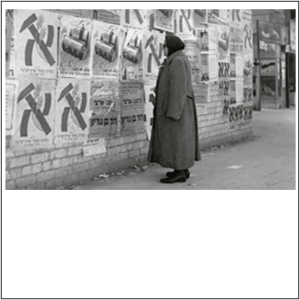Haim Watzman
My piece praising Israel’s proportional electoral system is now up on the Forward’s website.
Jewish suffragettes scored a signal achievement in 1920, when the first nationwide elections were held in the Yishuv, the Jewish community in Palestine. They received 600 votes.

But those 600 votes entitled the women’s party to five of the 314 seats in the assembly. Two other members of the union were elected on the slates of other factions, and seven other women entered the Assembly of Representatives, as the Yishuv’s legislature was called, on the lists of the labor parties. Together these 14 women constituted a women’s rights caucus in this forerunner of Israel’s Knesset. Paradoxically, they had been elected provisionally, before women had in fact been officially granted the right to vote and to serve in elective office. The Yishuv’s religious and Haredi communities opposed women’s suffrage widely. Had these women not been a salient presence in the legislature, it is quite likely that those rights, finally granted formally five years later, would not have been recognized for many years thereafter.
The women’s party was able to gain representation thanks to the proportional electoral system instituted by the Yishuv leadership. … read the rest at the Forward





